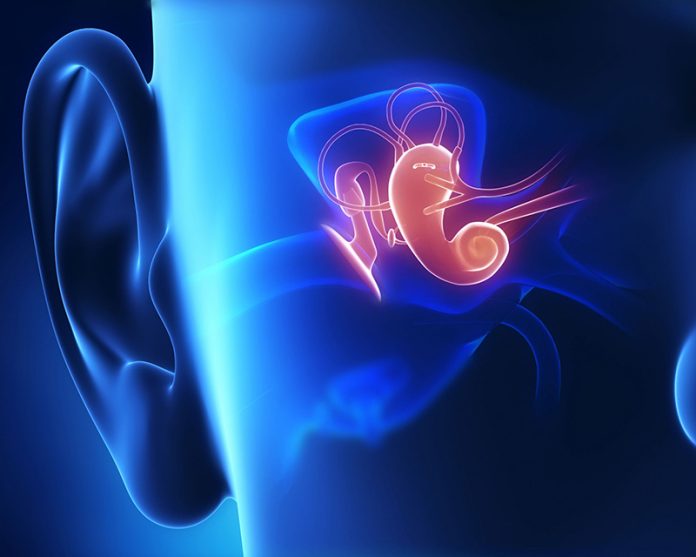Hearing loss can be debilitating to people who suffer from this condition. While external hearing aids help to an extent, they are not a convenient or permanent solution, as these devices tend to have issues related to them, including a drop in the quality of sound over time.
Hearing loss is known to occur due to several reasons, such as natural loss of hearing due to aging, exposure to sustained noise levels, the use of certain cancer therapy drugs and antibiotics. Most cases of hearing loss are related to age, with hearing disability increasing as one ages. According to the Center for Diseases Control (CDC) in the US, upto 25 percent of people over the age of 65 are reported to suffer from hearing loss, with this figure climbing to more than 50 percent for those aged over 75.
Generally, when we speak about hearing we tend to think of only the visible part (pinna) we see appended to the sides of our head, but this is only the external part of the ear structure. A canal from the outer ear leads to a middle-ear portion that comprises the eardrum and its small bones (ossicles). The ossicles send sound reverberation falling on the eardrum to the inner ear which is the main sensory portion of the ear. The inner ear includes the hearing organ named cochlea, the semicircular canals associated with the sense of balance, and the auditory nerves that lead to the brain.
The cochlea is lined with two types of hair cells; the inner hair cells are sensory, and the nerves extending from them send acoustic information to the brain. In contrast, the outer hair cells are motile and have a role in amplifying and modifying the impact of sound waves reaching the inner ear. Hearing loss is usually linked to damage or death of these hair cells.
Loss of hearing is generally irreversible because so far scientists and researchers have not been able to come up with a way to reprogram cells to develop into the sensory hair cells of the ears. Though scientists are currently able to produce an artificial hair cell, they are still unable to make cells that can differentiate into an inner or outer hair cell, which have different functions in producing hearing.
Now, scientists at Northwestern University in the United States have discovered a single master gene that programs ear hair cells into either outer or inner ones, overcoming a major hurdle that had prevented the development of these cells to restore hearing. The finding provides scientists with the tool to switch between the two types of hair cells and make an outer or inner hair cell.
The death of outer hair cells made by the cochlea are most often the cause of deafness and hearing loss. These hair cells develop in the embryo and do not reproduce later in life. The outer hair cells expand and contract in response to the pressure of sound waves and amplify sound for the inner hair cells. The inner cells transmit those vibrations to the neurons to create the sounds we hear.
The master gene switch now discovered by the scientists is labeled TBX2. When this gene is expressed, the cell becomes an inner hair cell, and when it is blocked, the cell becomes an outer hair cell. The ability to produce one of these cells requires a gene cocktail. The genes labeled ATOH1 and GF1 are needed to make a cochlear hair cell from a non-hair cell, which then turns the TBX2 gene on or off to produce the needed inner or outer hair cell.
Scientists are now aiming to reprogram supporting cells in the ear — found latticed among the hair cells and providing structural support to them — to develop into outer or inner hair cells.

















